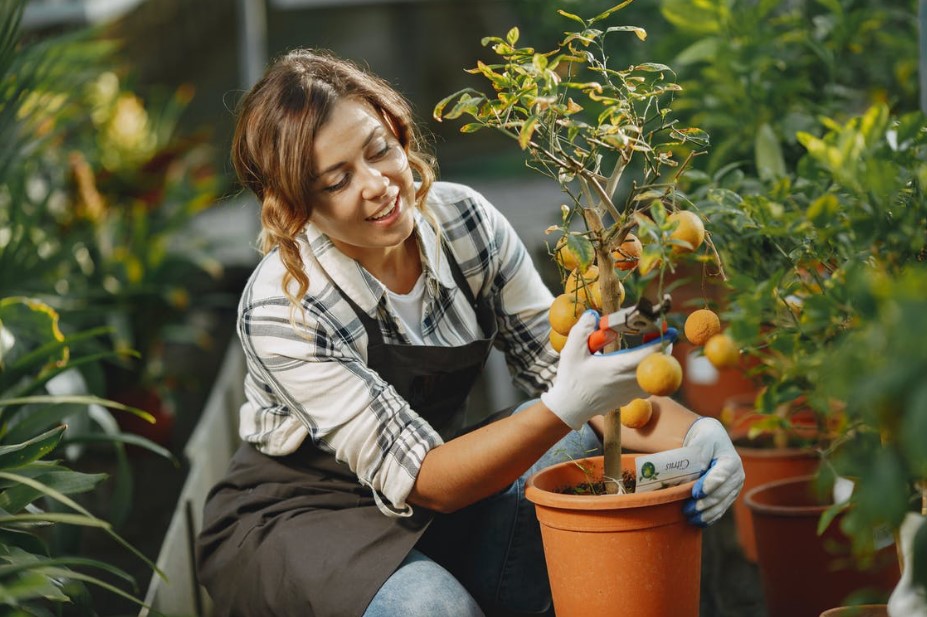
Trees are vital to the health of the earth. Planting one or more trees in your yard can add shade and beauty to your outdoor landscape while also helping reduce your carbon footprint. The most challenging stage of taking care of a tree is the first few years after you put it in the ground. If you follow a few simple tips, though, you’ll find that you soon have a large, beautiful tree growing in your yard.
Proper Watering
Trees of all ages need a lot of water. While older trees can get a lot of water through their large root systems, young trees don’t have that advantage. Therefore, if you’re not getting a soaking rain at least once a week when your tree is young, you’ll need to supplement its water needs with a garden hose. You’ll need to leave the hose on the tree for at least 20 minutes so that the water can adequately penetrate the soil.
Keep it Straight
The first few years of a tree’s growth determine its future growth trajectory. To ensure you don’t end up with a leaning tree, you’ll need to properly stake the tree during its first year or two in the ground. Make sure to use at least three stakes to help anchor the tree evenly. You’ll also want to keep a close eye on the size of the trunk so that you can make adjustments to the tie line to avoid restricting the tree’s growth.
Timely Pruning
Another important factor in determining a tree’s growth is proper pruning. If you get rid of unnecessary branches early on, there will be less risk of a split trunk in the future. Plus, these extra branches, also called “suckers,” can take valuable nutrients away from the parts of the tree that you want to keep. That’s why it’s vital to look up the proper pruning schedule for your tree so that you can make sure it doesn’t grow out of control. If you’re uncomfortable pruning your tree yourself, you can enlist the services of a residential tree care company to take care of the job.
Watch for Diseases
Since young trees don’t have a lot of bulk, they are especially vulnerable to diseases and pests. Keep a close eye on your new tree to look for any signs of distress so that you can react quickly. If you need to apply fungicides or pesticides, make sure to use dosages that account for the small size of your tree.
Some trees can take a decade or two before you can start to truly appreciate their benefits. For all of the effort involved in raising a young tree, though, it’s worth it when you consider the long-term gain. The best part of caring for a young tree is that you’re caring for something that may be around even after you’re gone.

